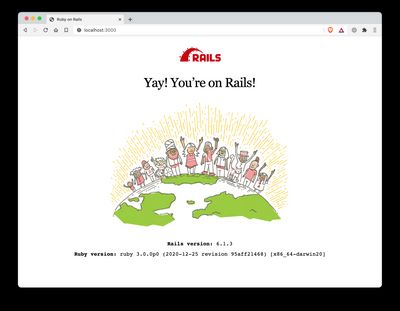Devise with Rails API - Part 1
Topics
Introduction
When building API, one of the most important part is authentication. Authentication will be a tricky part if we're not handling it properly. In Rails, we have Devise that can make use easier to manage authentication, in this tutorial I'm gonna show you how to install and configure Devise in Rails API.
Flexible authentication solution for Rails with Warden. https://github.com/heartcombo/devise
At the time I'm writing this post, Devise has been downloaded over 92 million downloads so that makes one of the best solution for authentication in Ruby world.
Creating Application
First, create rails api and in this case I will use postgresql as a database, you can choose whatever you want
$ rails new devise-api --api --database=postgresql
Install Devise
Then, let's install devise gem. Open Gemfile file and add devise then run bundle install
gem 'devise', '~> 4.7', '>= 4.7.3'Once finish to install the gem, the next step is generate devise in the app. Open the terminal and run
$ rails generate devise:install
Running via Spring preloader in process 2934
create config/initializers/devise.rb
create config/locales/devise.en.yml
.....
Create user model
$ rails generate devise User
Configuring Rails
Initalize the database
$ rails db:create
Migrate the database
$ rails db:migrate
Actually, you can check the routing of Devise in the terminal with rails routes.
After success install devise, we can verify the installation by doing the register, for this case I'm gonna use Postman, before that we should run the server with rails s in the terminal, make sure you already in the root directory of project.
$ rails s
=> Booting Puma
=> Rails 6.1.3 application starting in development
=> Run `bin/rails server --help` for more startup options
Puma starting in single mode...
* Puma version: 5.2.2 (ruby 3.0.0-p0) ("Fettisdagsbulle")
* Min threads: 5
* Max threads: 5
* Environment: development
* PID: 3351
* Listening on http://127.0.0.1:3000
* Listening on http://[::1]:3000
Use Ctrl-C to stop
The default port of rails is 3000, so you can access the local server in http://localhost:3000/.

So far, we succeed initializing the Rails API. In the next lesson, we are gonna set up the Devise to only return JSON format.